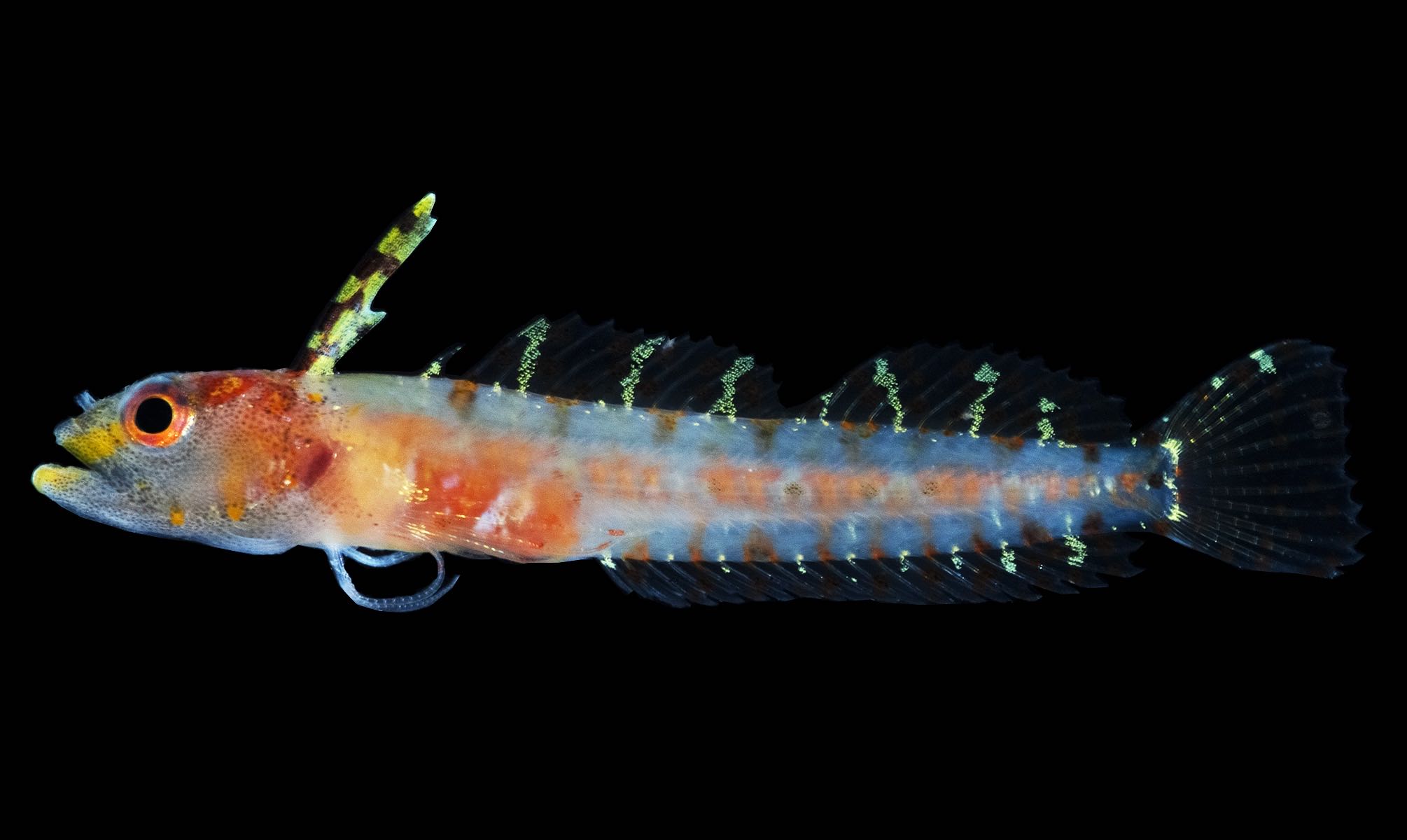
New ocean-life zone discovered and named in the Caribbean
A new ocean-life zone has been identified between 400 and 1,000 feet deep in the Caribbean Sea. Fish that appeared to belong in shallow reefs were observed on a deep reef system in Curaçao just below the mesophotic reef zone.
The new zone, called the rariphotic, may have become a refuge for reef fish to escape warming ocean waters and deteriorating coral habitats. Many scientists have speculated that these deep reef areas, often referred to as the “coral reef twilight zone,” may serve as refuges for shallow-water fish.
The findings of the study reveal how little is actually known about the biodiversity of reef fishes.
Lead author Carole Baldwin is the Curator of Fishes at the National Museum of Natural History and the director of the Smithsonian’s Deep Reef Observation Project (DROP).
“It’s estimated that 95 percent of the livable space on our planet is in the ocean,” said lead author Carole Baldwin.
“Yet only a fraction of that space has been explored. That’s understandable for areas that are thousands of miles offshore and miles deep. But tropical deep reefs are just below popular, highly studied shallow reefs–essentially our own backyards. And tropical deep reefs are not barren landscapes on the deep ocean floor: they are highly diverse ecosystems that warrant further study. We hope that by naming the deep-reef rariphotic zone, we’ll draw attention to the need to continue to explore deep reefs.”
More than 40 researchers, including experts from the Smithsonian Tropical Research Institute (STRI), have extensively studied deep-reef fishes and invertebrates off Curaçao since DROP began in 2011.
Approximately 80 submersible dives provided depth observations of around 4,500 fishes representing 71 species. Most of the species found in the rariphotic zone turned out to be related to shallow reef fish rather than to deepwater fish.
The scientists named six new genera and about 30 new species as they examined the 0.08 square mile area of reef.
“About one in every five fish we’re finding in the rariphotic of the Caribbean is a new species,” said study co-author D. Ross Robertson. “So far, my favorite is Haptoclinus dropi.”
The researchers found that shallow-water reef fish are equipped to live at least two times deeper in the ocean than previously realized.
“Reef ecosystems just below the mesophotic are globally underexplored, and the conventional view based on the few studies that mention them was that mesophotic ecosystems transition directly into those of the deep sea,” said Baldwin. “Our study reveals a previously unrecognized zone comprising reef vs. deep-sea fishes that links mesophotic and deep-sea ecosystems.”
The research is published in the journal Scientific Reports.
—
By Chrissy Sexton, Earth.com Staff Writer
Image Credit: Carole Baldwin, Smithsonian












